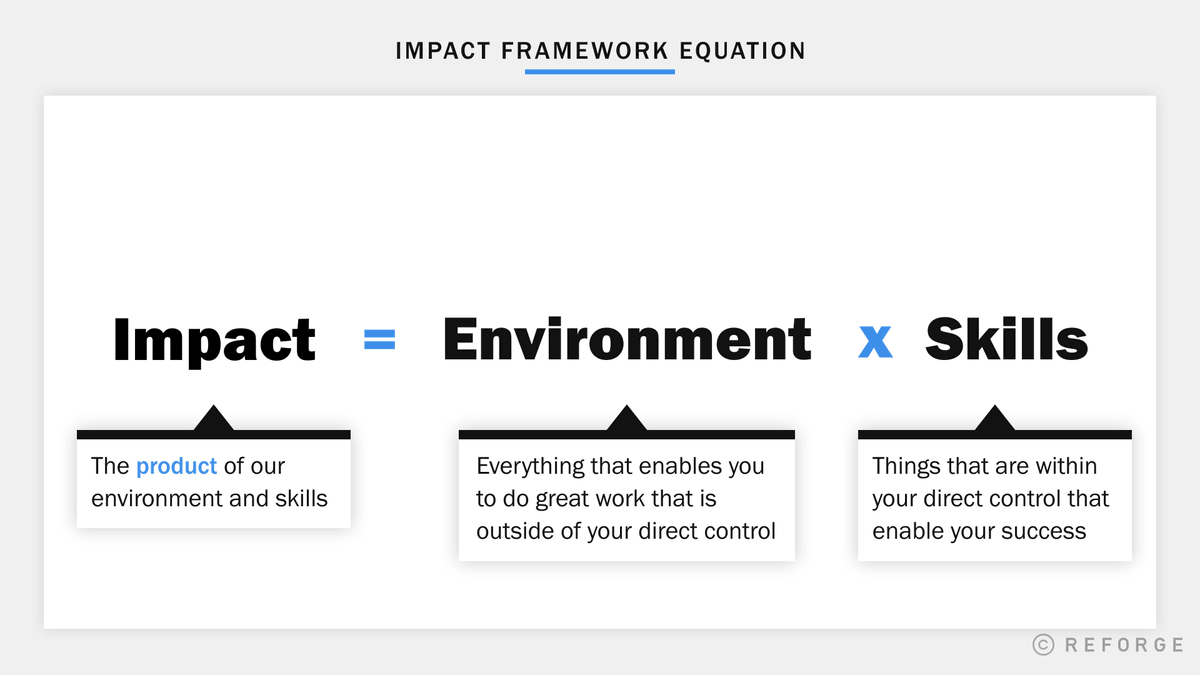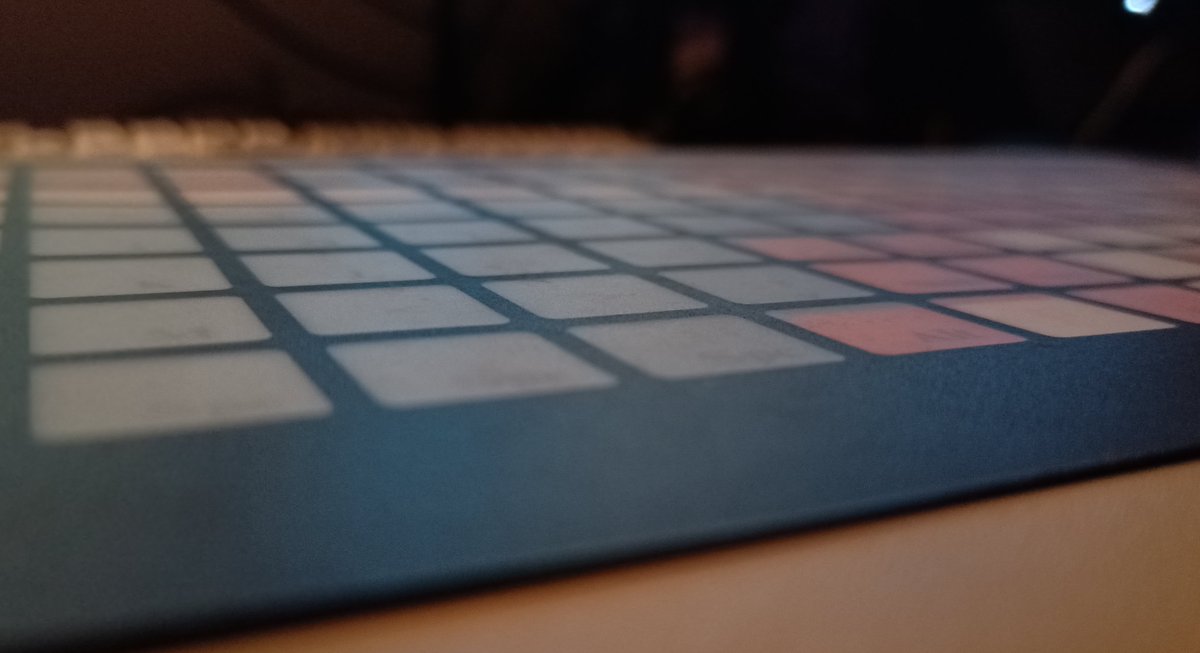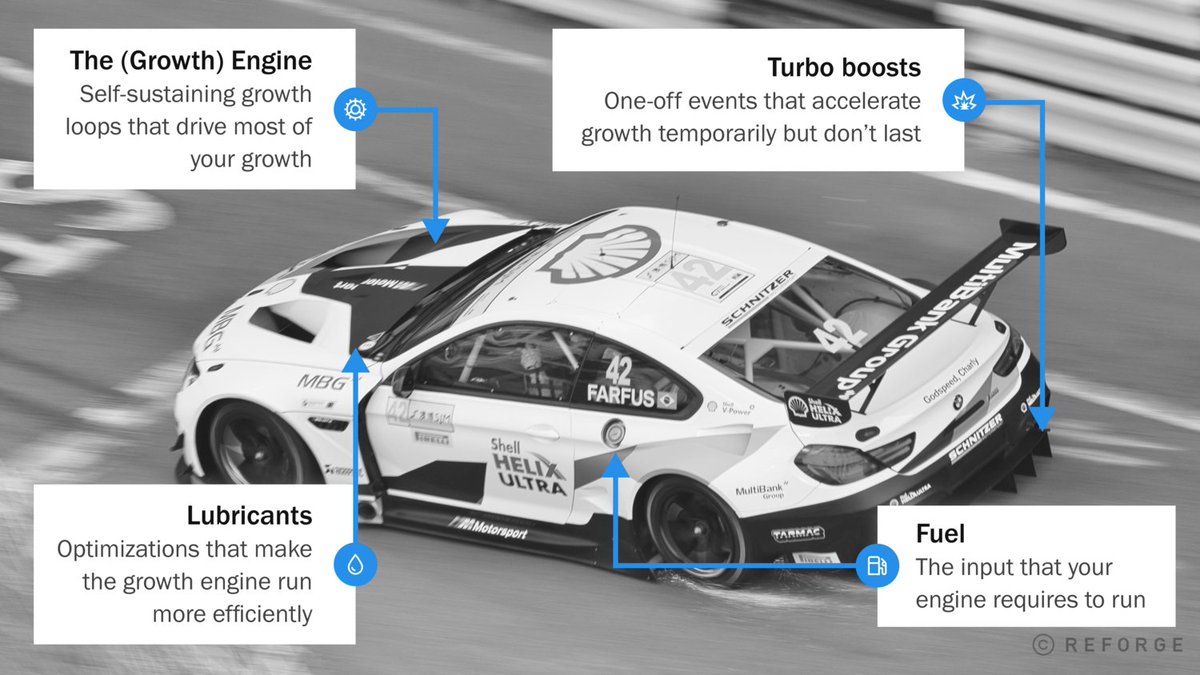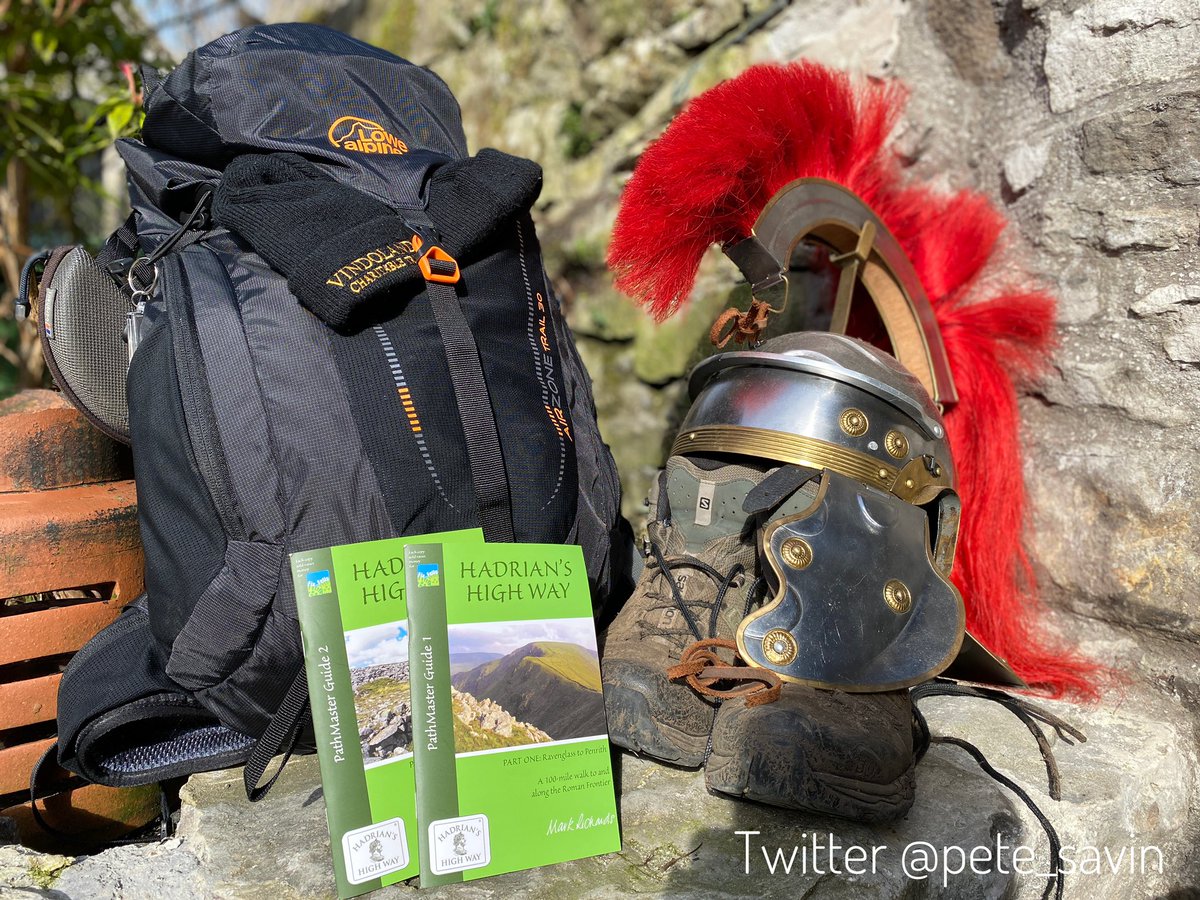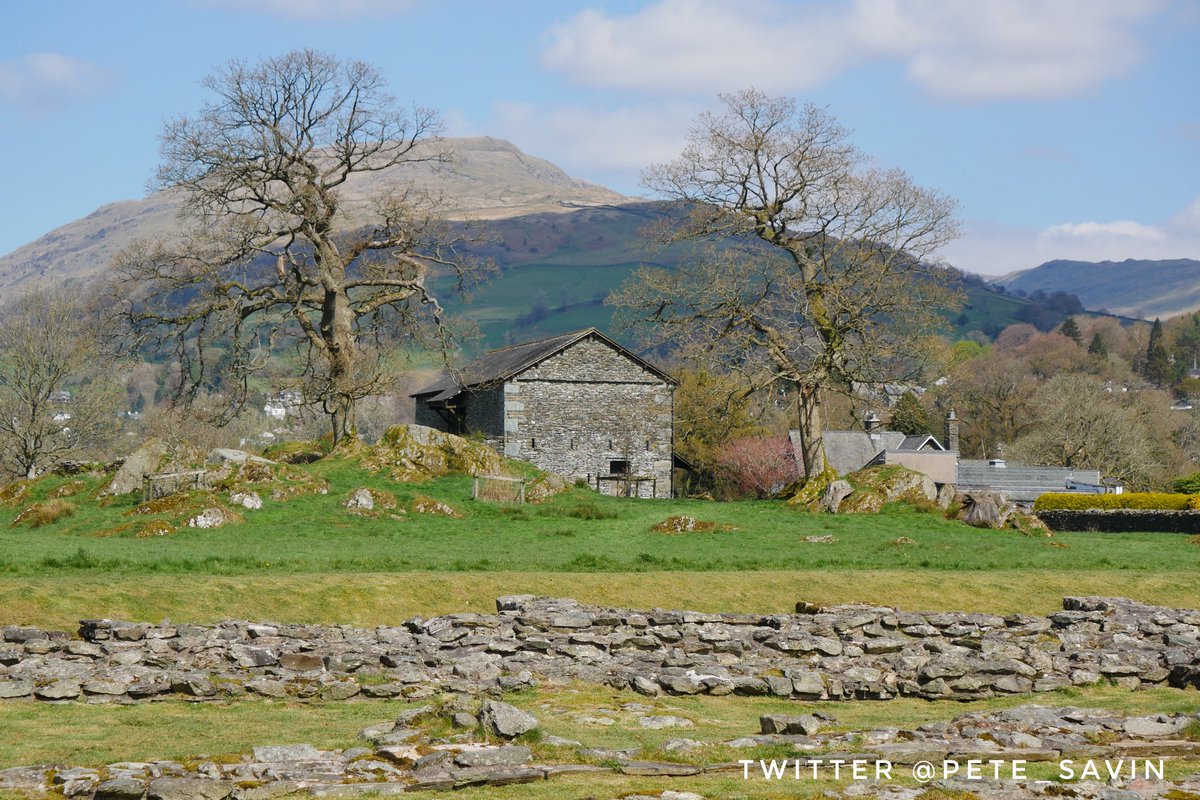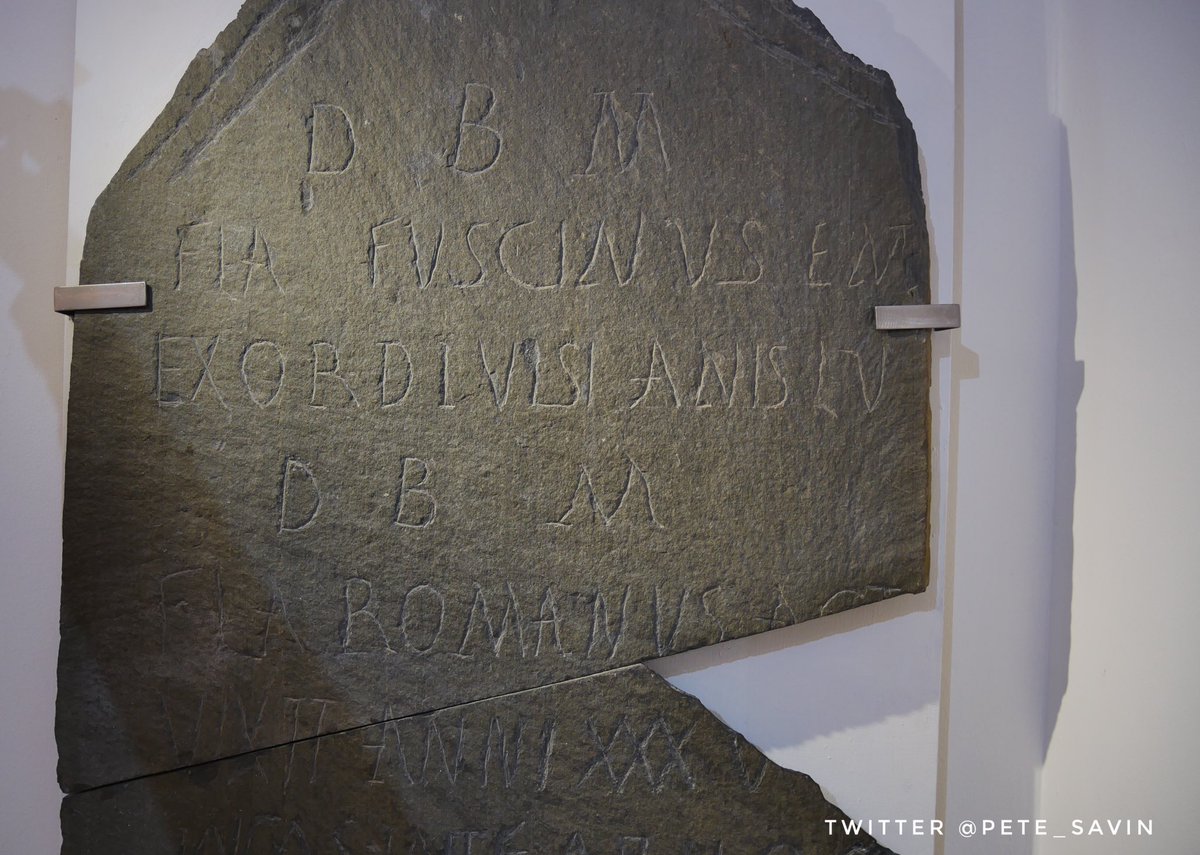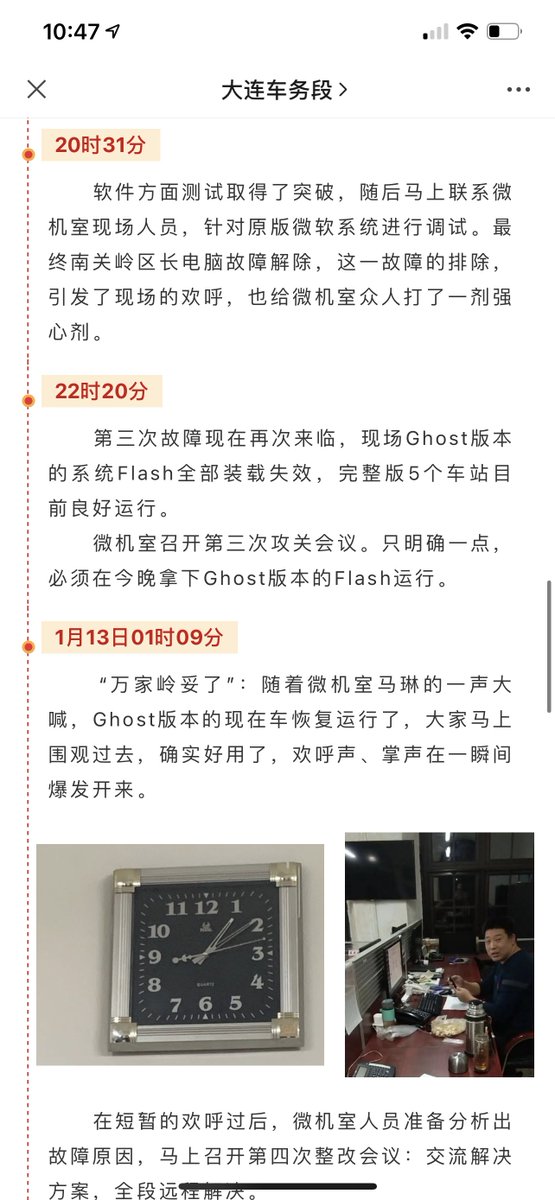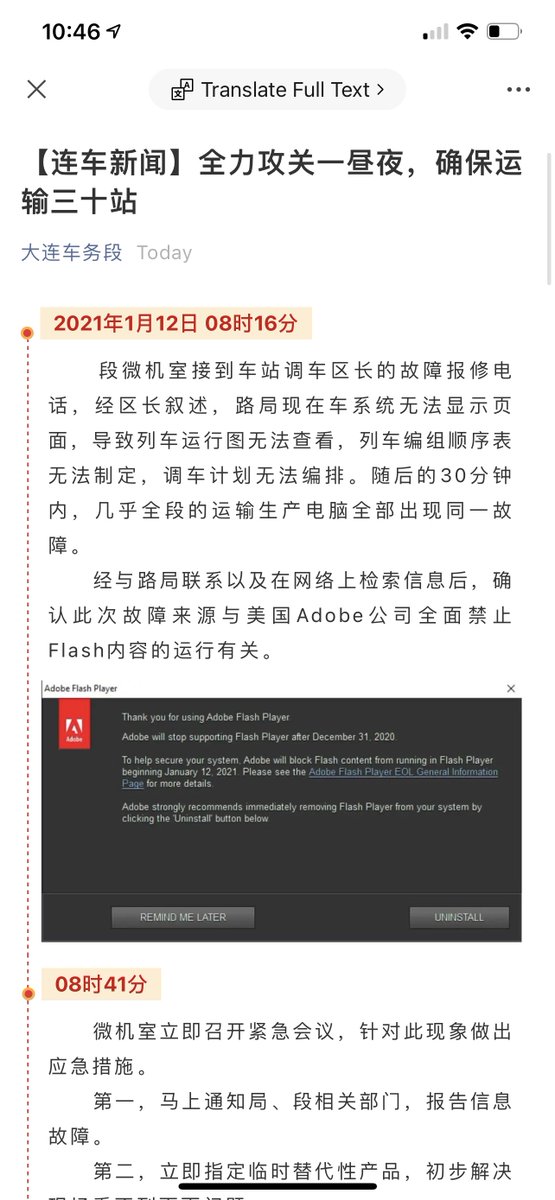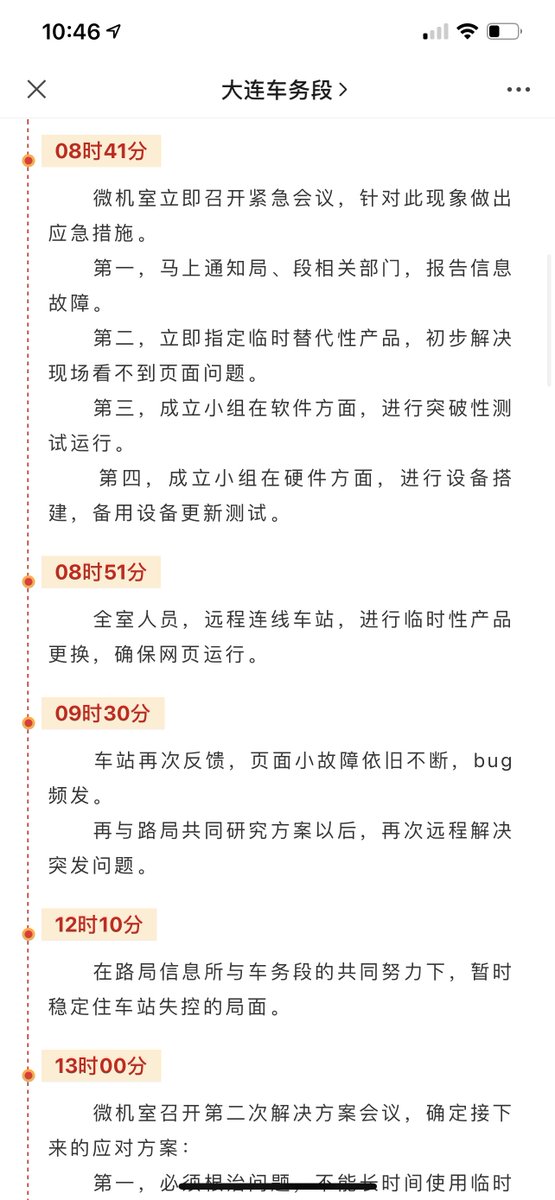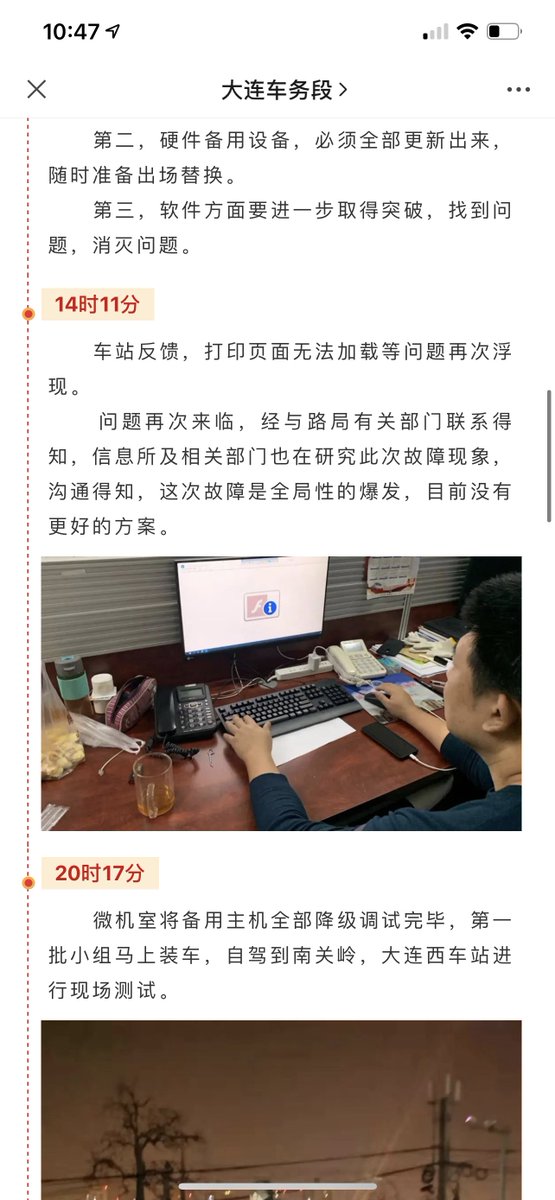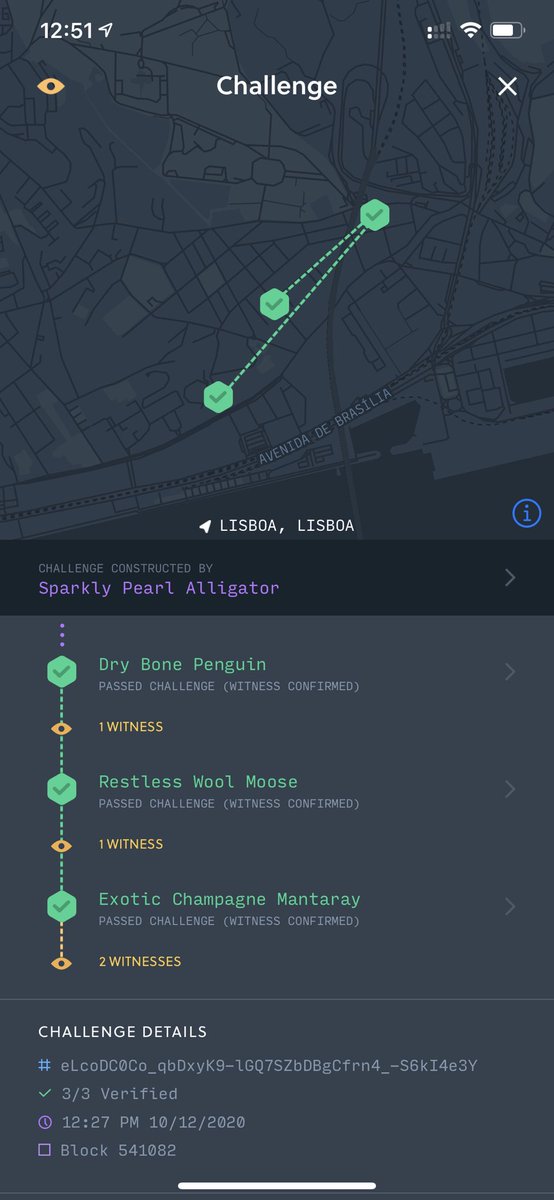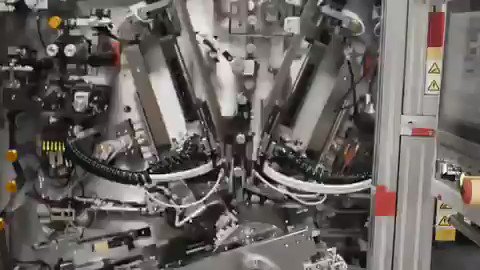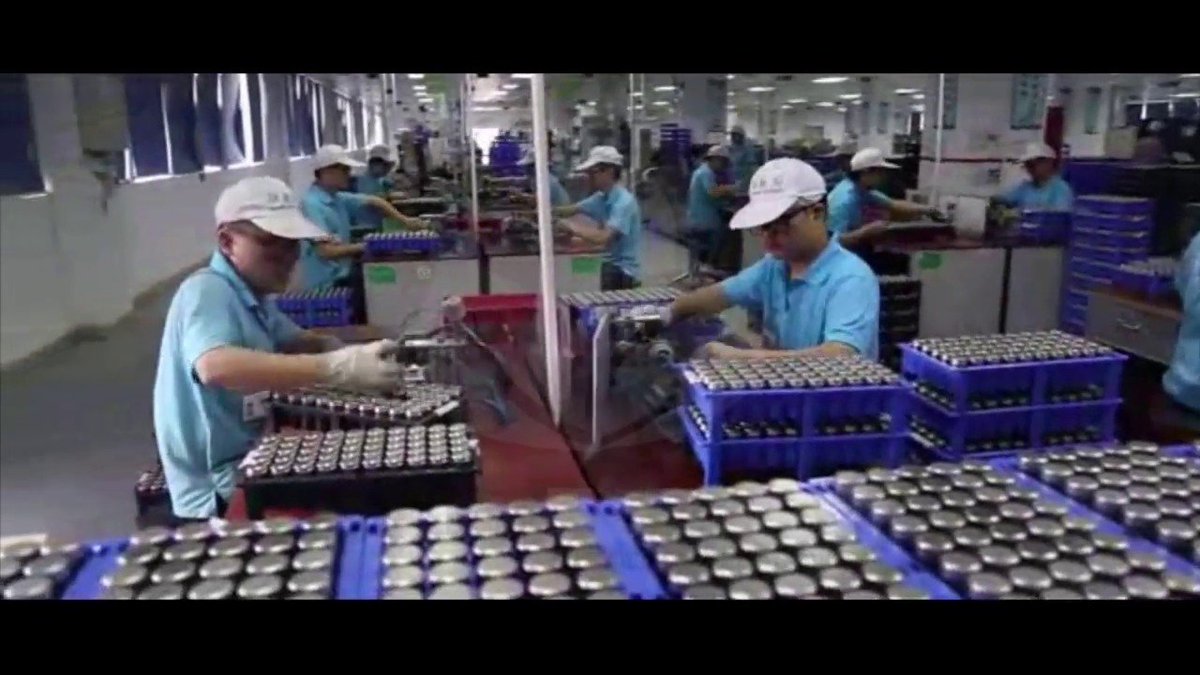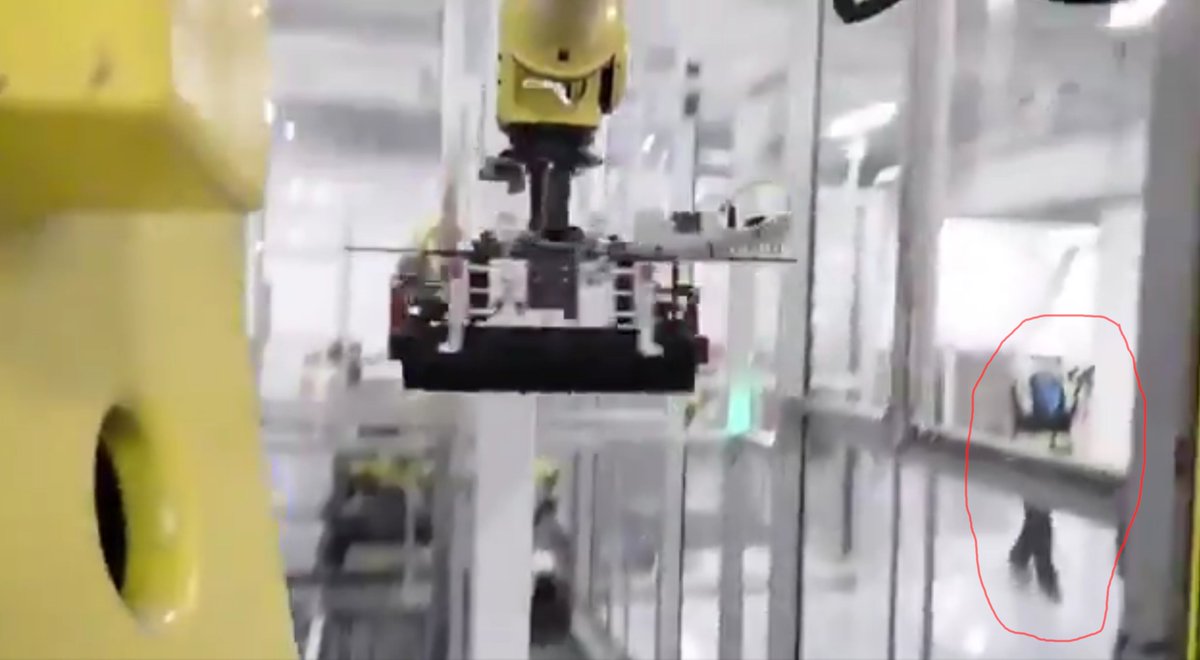Categories Tech
7 days
30 days
All time
Recent
Popular
So we had to develop technologies like this to barely manage control over limited areas in Iraq's few urban centers. Only ~8 in 100 Iraqi adults owns a personal vehicle. That rate is > 1 car/adult in America yet I have never seen any doctrine paper or work of fiction address this
We've seen and struggled in civil conflicts with instant, local, universal, distributed communications (cell phone era, basically every conflict since 2000). We've seen and struggled in conflicts with instant, global, universal distributed communications (everything since 2011).
The world's most overfunded military and glow in the dark agencies struggle and largely fail to contain conflicts where fhe vast, vast majority of people are locked into a ~5mi radius of their home.
How can they possibly contain a conflict in a nation with universal car ownership and the most developed road network in the world? The average car can travel over 400 miles on one tank of gas, how can you contain the potential of that kind of mobility?
I think that's partially why the system was so freaked out by 1/6. Yes, most of it is histrionics but you don't decide to indefinitely turn your capital into the Baghdad Green Zone with fortifications and 25k troops over histrionics alone.
Hey guys, just a friendly reminder. We're watching you. pic.twitter.com/bGwi1uJBwT
— CIA Metadata Analyst with 8 kids (@CiaKids) September 23, 2019
We've seen and struggled in civil conflicts with instant, local, universal, distributed communications (cell phone era, basically every conflict since 2000). We've seen and struggled in conflicts with instant, global, universal distributed communications (everything since 2011).
The world's most overfunded military and glow in the dark agencies struggle and largely fail to contain conflicts where fhe vast, vast majority of people are locked into a ~5mi radius of their home.
How can they possibly contain a conflict in a nation with universal car ownership and the most developed road network in the world? The average car can travel over 400 miles on one tank of gas, how can you contain the potential of that kind of mobility?
I think that's partially why the system was so freaked out by 1/6. Yes, most of it is histrionics but you don't decide to indefinitely turn your capital into the Baghdad Green Zone with fortifications and 25k troops over histrionics alone.
Ok, I’ve told this story a few times, but maybe never here. Here we go. 🧵👇
I was about 6. I was in the car with my mother. We were driving a few hours from home to go to Orlando. My parents were letting me audition for a tv show. It would end up being my first job. I was very excited. But, in the meantime we drove and listened to Rush’s show.
There was some sort of trivia question they posed to the audience. I don’t remember what the riddle was, but I remember I knew the answer right away. It was phrased in this way that was somehow just simpler to see from a kid’s perspective. The answer was CAROUSEL. I was elated.
My mother was THRILLED. She insisted that we call Into the show using her “for emergencies only” giant cell phone. It was this phone:

I called in. The phone rang for a while, but someone answered. It was an impatient-sounding dude. The screener. I said I had the trivia answer. He wasn’t charmed, I could hear him rolling his eyes. He asked me what it was. I told him. “Please hold.”
Wish I had the audio of Rush Limbaugh telling me off on the phone on his show when I was six. In the meantime, RIP.
— Shannon Woodward (@shannonwoodward) February 17, 2021
I was about 6. I was in the car with my mother. We were driving a few hours from home to go to Orlando. My parents were letting me audition for a tv show. It would end up being my first job. I was very excited. But, in the meantime we drove and listened to Rush’s show.
There was some sort of trivia question they posed to the audience. I don’t remember what the riddle was, but I remember I knew the answer right away. It was phrased in this way that was somehow just simpler to see from a kid’s perspective. The answer was CAROUSEL. I was elated.
My mother was THRILLED. She insisted that we call Into the show using her “for emergencies only” giant cell phone. It was this phone:

I called in. The phone rang for a while, but someone answered. It was an impatient-sounding dude. The screener. I said I had the trivia answer. He wasn’t charmed, I could hear him rolling his eyes. He asked me what it was. I told him. “Please hold.”
This is one reason why I quit robotics. I thought it was like....you can work and build fun stuff...but when we went to regional championships there was the FREAKING MILITARY??? And Lockheed Martin and Delta. And they were ALL like....we make planes for the military >:)
Me: am I gonna build a space ship!?
Robotics fair: No bich! You live in georgia!! Now help us build these aerial bombers and military excavation robots! :))
Me:

Like both delta and Lockheed Martin are here and several large military bases so we actually got to visit delta hangers where they make the planes and I was like wow! Planes! And then later i found out airlines are big jerks and make stuff for the airforce.
I wish I would've known I could still probably build spaceships....but idk I was like 15 I didn't know shit. I was just like....I don't see any spaceships!???
I liked the commercial planes...planes are a lot here in Georgia theres a school for it and they have their own airport.
We went there it was cool. Its in the country tho because its a tiny airport for regional flights so the students learn how a control tower works. The control tower is super cool.
i'll never forget my programming teacher who was like a senior dev at IBM and decided he was done writing missile guidance software
— neal frights (@flakealso) October 10, 2020
when he was telling us this he said "i just woke up one morning and it struck me that i was a murderer. so i quit." https://t.co/Ygqqz0ljWU
Me: am I gonna build a space ship!?
Robotics fair: No bich! You live in georgia!! Now help us build these aerial bombers and military excavation robots! :))
Me:

Like both delta and Lockheed Martin are here and several large military bases so we actually got to visit delta hangers where they make the planes and I was like wow! Planes! And then later i found out airlines are big jerks and make stuff for the airforce.
I wish I would've known I could still probably build spaceships....but idk I was like 15 I didn't know shit. I was just like....I don't see any spaceships!???
I liked the commercial planes...planes are a lot here in Georgia theres a school for it and they have their own airport.
We went there it was cool. Its in the country tho because its a tiny airport for regional flights so the students learn how a control tower works. The control tower is super cool.



